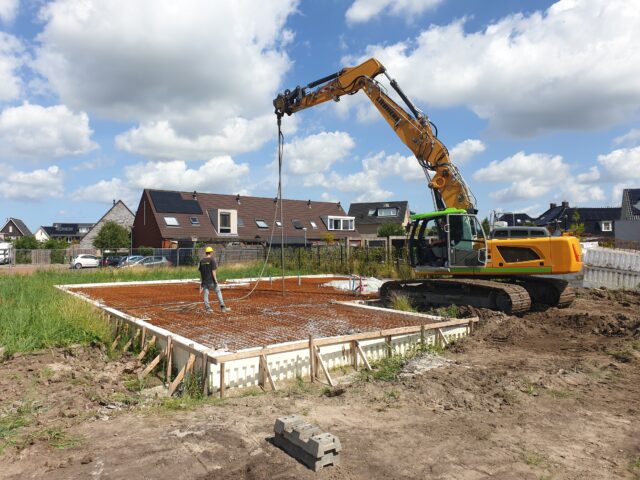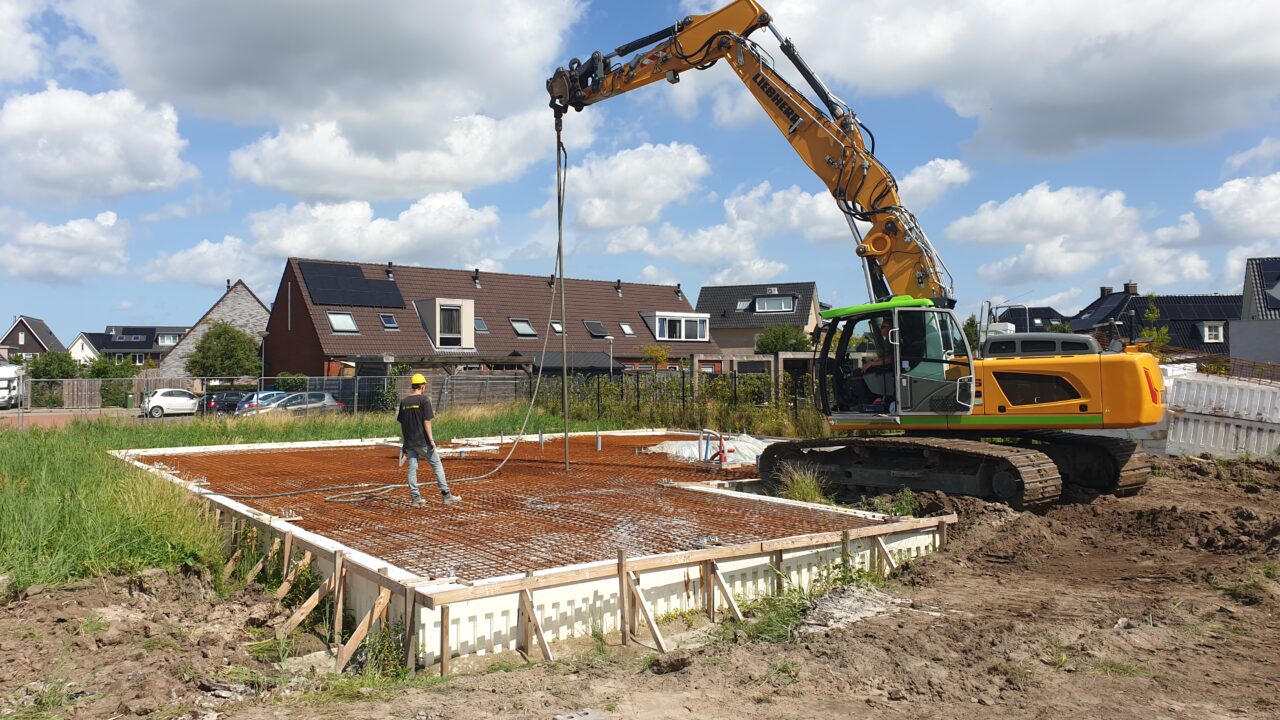The contractor who installed them is not to blame. But now what? Just get those piles out again! The problem was that the concrete piles had gone through the lower clay layer and were now standing with their feet in an aquifer, a layer of soil from which drinking water is extracted. To have to demolish everything again would be a disaster for the owner. Eventually Van Schie was called in because of their knowledge of bentonite. Together with a consulting firm from Breukelen, a plan was made that the municipality agreed to. Using a long thin lance, liquid bentonite was now fed to the underside of each pile, where the substance settled around the feet of the piles to form a sealing layer against leakage. Bentonite is a natural product, a type of clay that expands immediately when it comes into contact with water. It consists of sodium particles that are so small that they can make the soil waterproof. This is why it is widely used in drilling and sealing work.
Projects
Creative with bentonite
Suppose you want to build a house and the contractor has calculated that the foundation should consist of 36 concrete piles, 11 meters long. The concrete piles are already in place, the formwork is ready and the rebar is braided. Only the concrete floor remains to be poured. And then the municipality comes and says that the piles are one meter too deep in the ground.


Feel free to drop by for a cup of coffee!
Call us at 0297 – 237537 or email us at info@vanschie.com.

